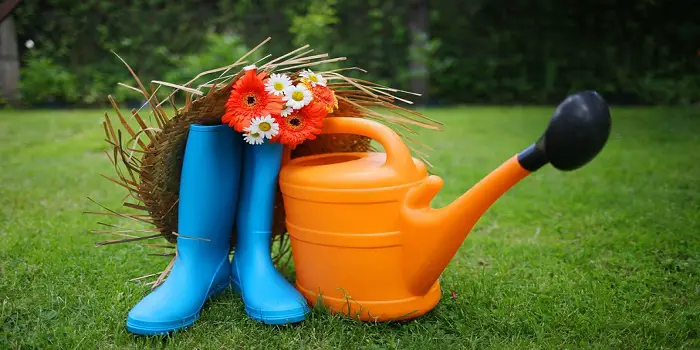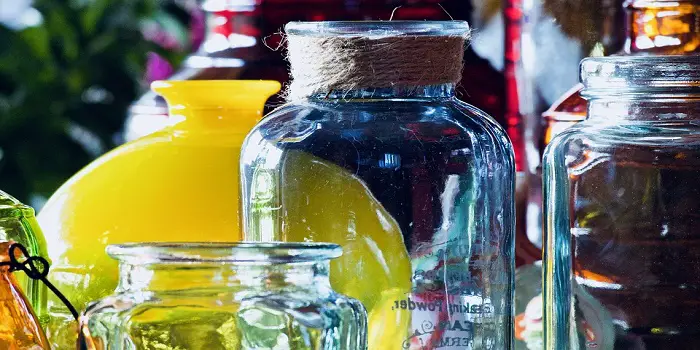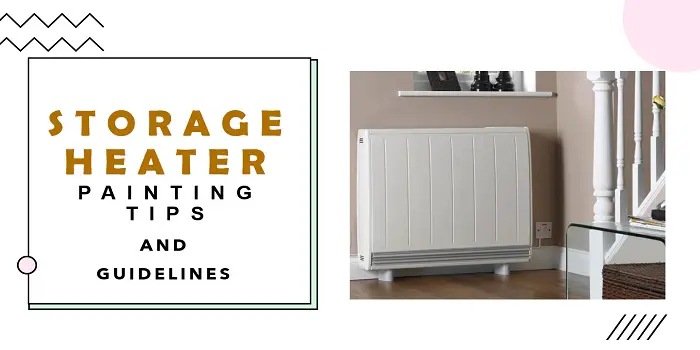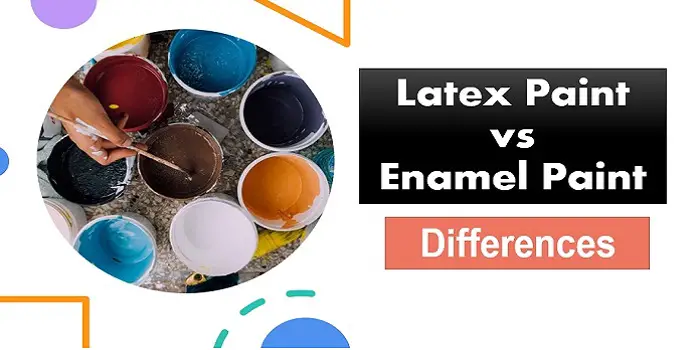
Dyes have been used to improve the color of grass since the 1950s.
Developed for Hollywood films to showcase green grass coloring, the process has been used for golf courses as well.
With the use of natural materials, grass dyes have now spread to the properties of everyday people who find it a less expensive alternative and less time-consuming alternative.
Compared to maintaining their lawn with fertilizer, replacing bad patches of grass, and watering, grass dyes are inexpensive and easy to use.
You do not have to purchase a grass dye in the store, as you can make one yourself using food coloring and plant nutrients that will give the grass a bright, beautiful coloring without causing damage.
What's Here in the Article:
Why Dye Your Grass?
There are good reasons to consider dying grass, especially if you live in a neighborhood with a Home Owner’s Association (HOA) that is quite picky about the condition of your lawn.
Instead of the reseeding and patching necessary to keep up appearances, you can use grass dye instead to satisfy the conditions set by your HOA.
This can be especially true in dry or drought conditions when water restrictions may prevent you from properly watering your lawn.
A grass dye may be necessary in such cases.
Using a homemade grass dye will also save you money which can be of great benefit.
Benefits
When you consider how much it costs to plant grass seeds, fertilizer, and use pesticides to keep the pests away, a homemade grass dye offers several advantages.
Even over painting the grass using a service which may be faster but is usually far more expensive.
Consider how much time and effort goes into replacing dead or dying grass to using a sprayer and covering the grass with a dye until it can regrow naturally.
A single application can last for months.
Plus, the homemade grass dye ingredients are natural and not harmful to the grass, plants, or pets.
This is because the dye itself is non-toxic and will help the grass withstand the temperature fluctuations over the seasons.
Issues with Grass Paint
Some find using a dye to color grass to be unnatural.
That is because a common perception is that dye, much like paint, contains toxic materials.
The truth is that homemade grass dyes use food coloring, the same substance used in the preparation of meals.
So, there is no harm to the grass or anything else.
In addition, there are those who feel that using a dye is just plain lazy and not the proper way to take care of a lawn.
Such perceptions are false as using a natural; safe green dye helps keep your lawn looking great while protecting it as well.
How to Make Grass Dye at Home?
All you need are three ingredients, a pound of liquid fertilizer, four pounds of Epsom salt, and a ¼ cup of green food dye.
If your lawn is healthy with plenty of nutrients, then you probably do not need Epsom salt.
Mix them together, and you can cover a small to the medium-sized yard.
The ingredients themselves are beneficial to your lawn as the salt and fertilizer add much-needed nutrients to the grass.
This includes iron and magnesium, which helps boost the chlorophyll in the grass, creating a healthier lawn.
The food coloring is non-toxic and provides a green tint to the outer layer of the grass. It does not harm the grass or any plant that it touches.
The only consideration is that you will need to protect areas such as your driveway, sidewalk, porch, fencing, and other areas from coming into contact with the dye, or they will also be green.
Share the post "Pros and Cons of Using Homemade Grass Dye In Your Lawn"

Douglas Becker (aka Painter Doug) has over twenty years of experience as a painter in Adkins, Texas. At present, he resides in Florida with his family.
From painting multi-storeyed houses, condos, and apartments to large commercial buildings and small offices, he had served various customers in areas not only in Adkins but also in Southwest Florida, Sarasota, Naples, and many more. To know more about him check here.




